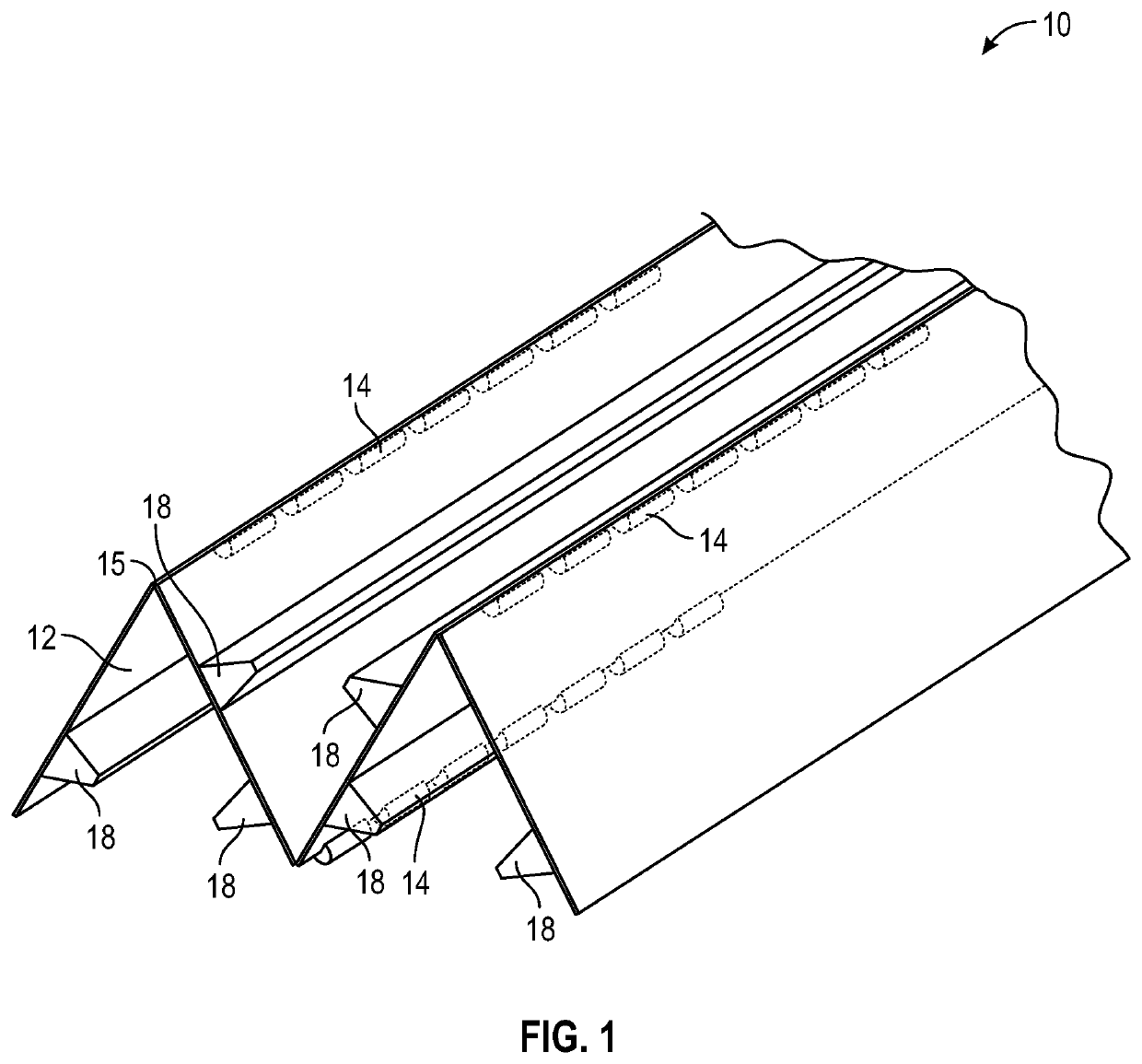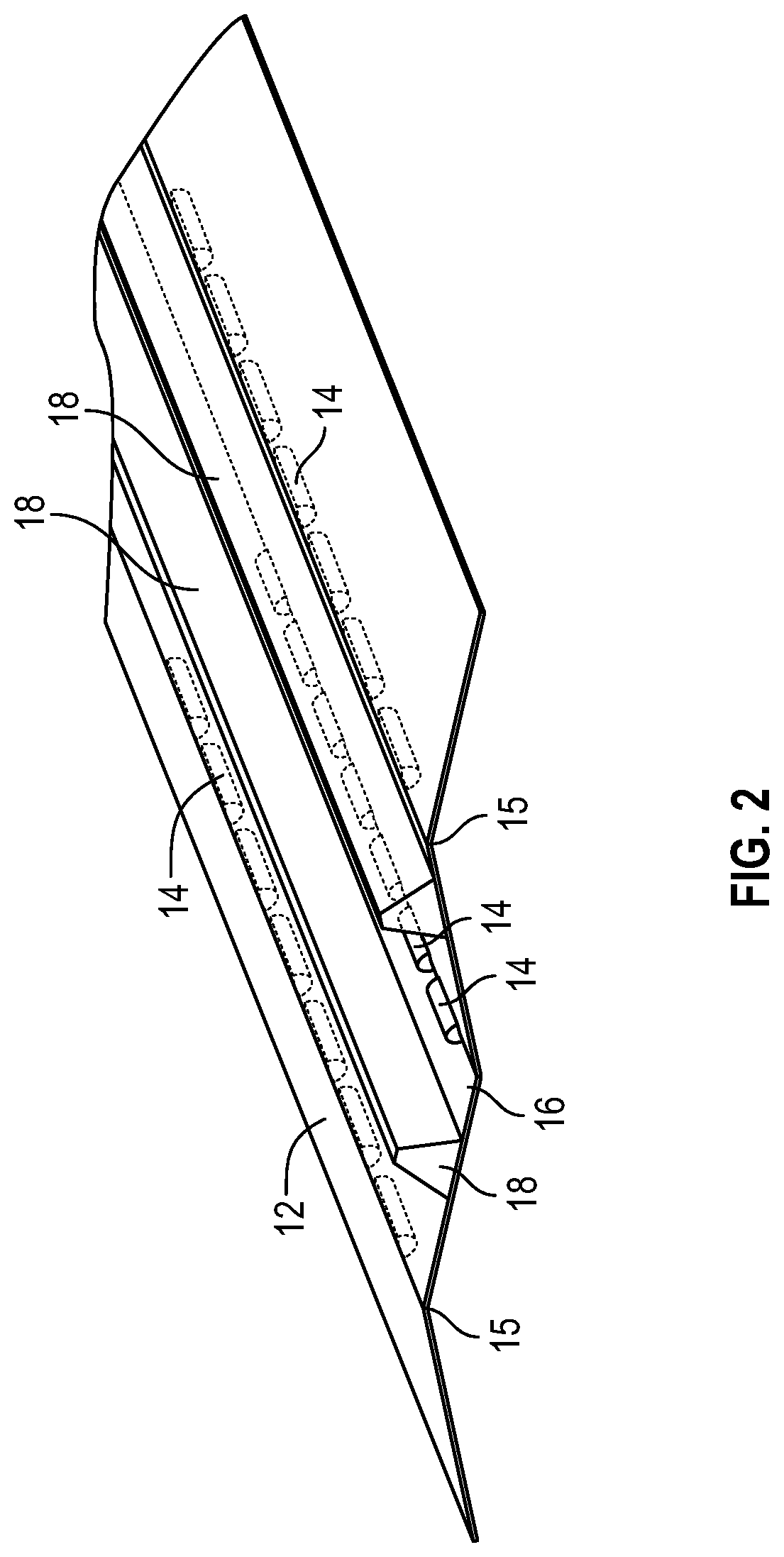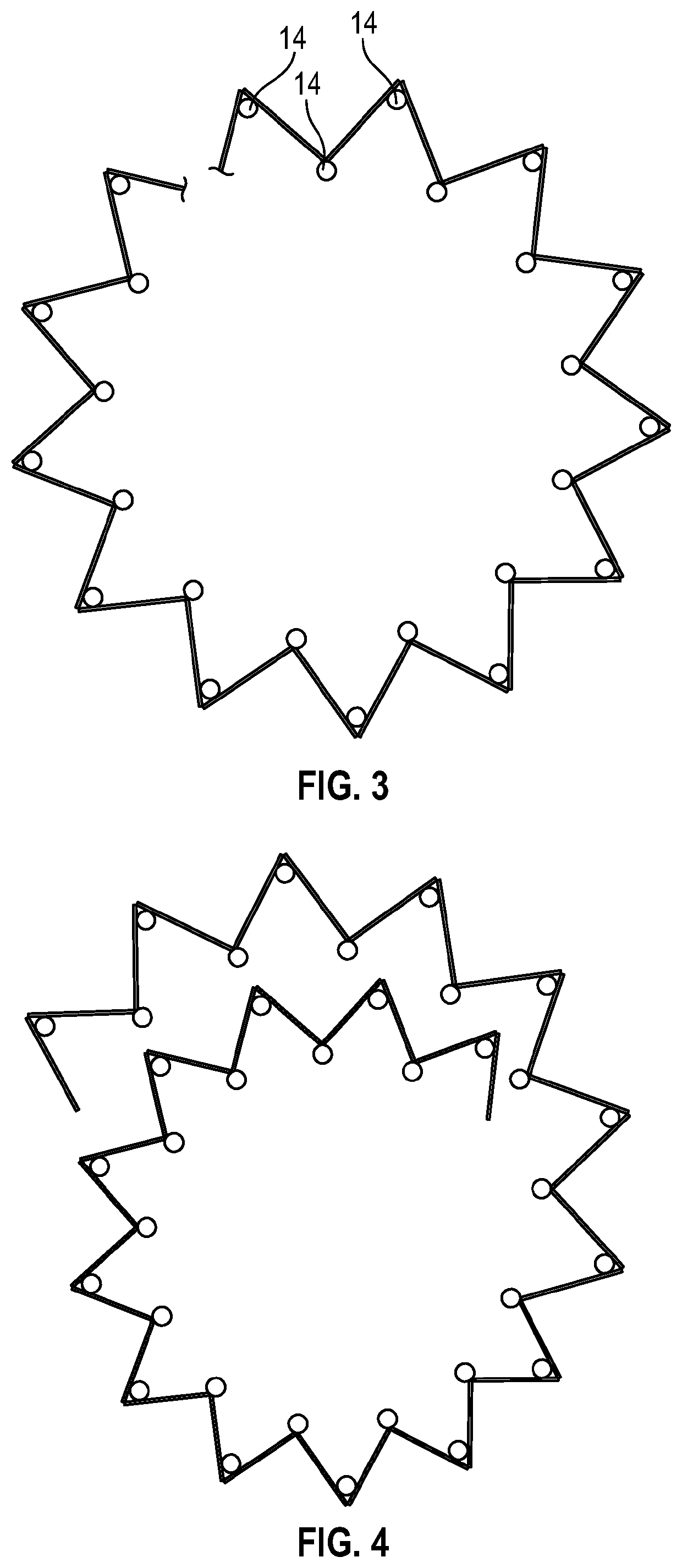Corrugated stent
a corrugated stent and stent technology, applied in the field of corrugated stents, can solve the problems of limiting the useful exposure to a short range of x-rays, affecting the patient's recovery, and affecting the patient's recovery, and the patient is subject to the additional risk of multiple procedures
- Summary
- Abstract
- Description
- Claims
- Application Information
AI Technical Summary
Benefits of technology
Problems solved by technology
Method used
Image
Examples
example
[0098]A preferred embodiment is the use of shaped soft tissue equivalent carriers in which a permanent radioactive seed is centrally spaced (or otherwise optimally spaced viz the effected tissue). Palladium and Iodide seeds are attractive commercially available radio isotopes. The seeds placed in such a carrier are usually homogeneously (i.e. evenly) spaced when subsequently placed within a target volume. Bunching of sources in a specific area and other volumes in which there is a paucity of sources is avoided.
[0099]A suitable material would have similar consistency of the normal tissue it is replacing (such as breast), and be hypo allergenic. This material would not leak and would have an appropriate geometry. Also, the RDC defines a shape similar to the dose pattern of the radioisotope seed utilized. This prevents over exposure and uneven dosages to the tissue requiring treatment.
[0100]Spacers comprised of inert material can be used to separate and or link seeds together. The spac...
PUM
 Login to View More
Login to View More Abstract
Description
Claims
Application Information
 Login to View More
Login to View More - R&D
- Intellectual Property
- Life Sciences
- Materials
- Tech Scout
- Unparalleled Data Quality
- Higher Quality Content
- 60% Fewer Hallucinations
Browse by: Latest US Patents, China's latest patents, Technical Efficacy Thesaurus, Application Domain, Technology Topic, Popular Technical Reports.
© 2025 PatSnap. All rights reserved.Legal|Privacy policy|Modern Slavery Act Transparency Statement|Sitemap|About US| Contact US: help@patsnap.com



